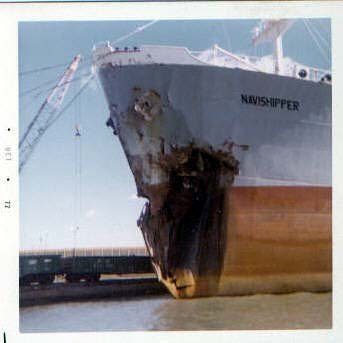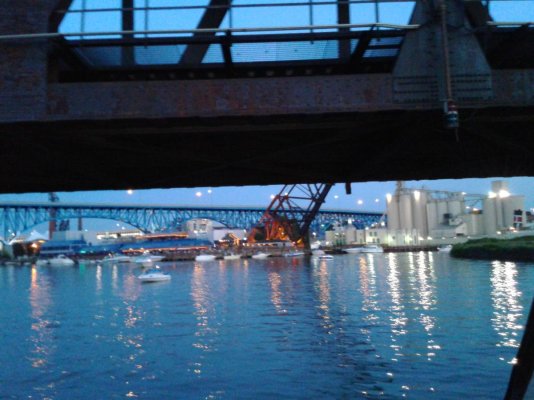psneeld
Guru
psneeld NO ONE IS DISAGREEING WITH YOU. Lighten up or you will have a heart attack.
We all have things that annoy the cra* out of us...that statement is one of mine...can you imagine trying to teach navrules to people that THOUGHT they knew something about boating before they took a captains class????
Heart attack????...no...just chuckling to myself with what I sometimes read here.....It's really hard sometimes to know just how much a person is kidding or overstating the obvious...or not...
At least I get all spunup in the OTF forum....never even intentionally go there.
Last edited:







